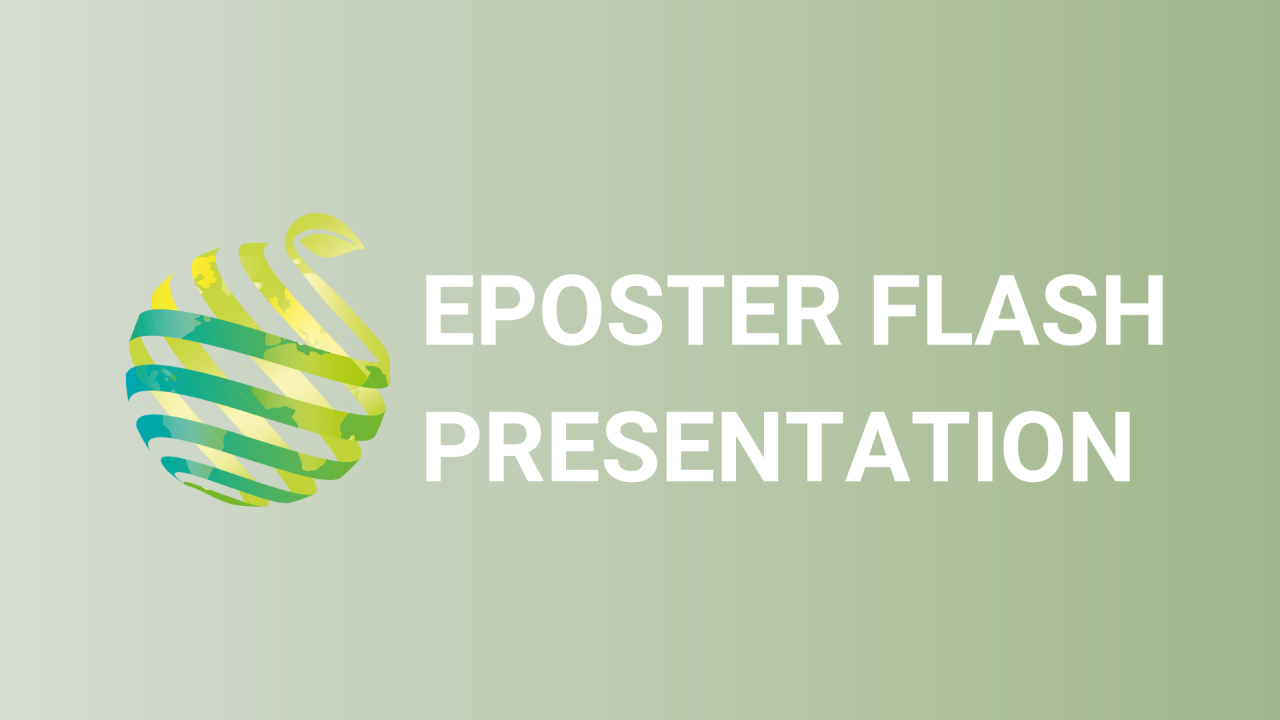

S24 - Session P2 - Fruit and vegetable bars: antioxidant contents and texture optimization with prebiotic fiber addition
Information
Authors :
Sandra Medina *, Maria Soledad Hernández Gómez, Juan Pablo Fernández-Trujillo
Greece holds third place in world olive production, with more than 117 million olive trees, while 80% of Greek orchard land is devoted to olive culture. Greek cultivars are nowadays widely cultivated in different provinces of Greece beyond their principal area of ancient cultivation. Wild olives from one region to another vary significantly. Epirus region is a distinct region where trees are grown in a humid environment. Phenols content entails a lot of thousands substances acting together Their quality and quantity depend on plant organ and developmental state. They are known for their beneficial antioxidant potential, their substantial role in the mechanism of stress tolerance and the organoleptic properties that confer to the oil. The aim of this study was to determine the antioxidant activity of phenolic extracts derived from monocultivar olive oils from Epirus region in Greece, using non cellular techniques. These cultivars are domesticated like local varieties as Konservoelia Artas, Lianoelia Prevezas, or varieties introduced from other geographic regions as Koroneiki, Kalamon and also wild forms of olive trees. Microclimate, soil properties agronomic practices put their signature in phenolic content. Extraction of total phenolics was performed using Liquid-Liquid extraction (LLE) with extraction solvent a mixture methanol:water 80:20 and a hexane step for removing non polar oily fractions of oil. The total phenolic content (TPC) was determined using Folin-Ciocalteu reagent as mg gallic acid equivalent/l, the flavonoid content (TFC) using the aluminium chloride method expressed as mg quercetin/g olive oil. Determination of the total reducing capability of the phenolic extracts was performed using ferric-reducing antioxidant power (FRAP) assay and phosphomolybdate assay. Radical scavenging activity towards specific radicals namely DPPH, ABTS. The content of the different phenolic classes and the antioxidant varied significantly between the different cultivars, causing distinct clustering.